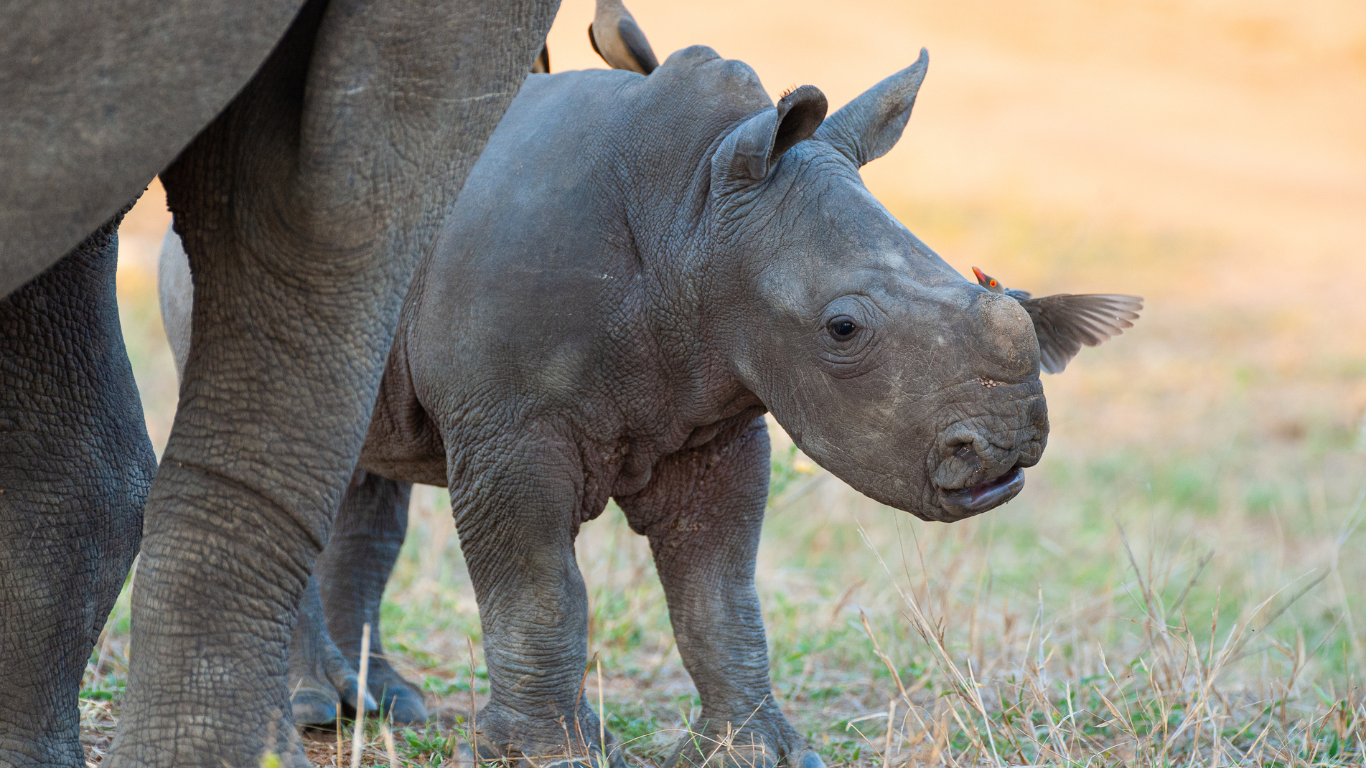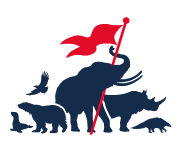Rhinos
The rhino is one of the world’s most poached species. Roughly 95% of all wild rhinos have been wiped out in the past century alone, driven by the insatiable demand for their horns.
These iconic animals were once widespread across Europe, Asia and Africa, and were a common feature in prehistoric human cave art. Yet today, all five remaining species are threatened with extinction, with three of the five species critically endangered.
After decades of poaching and widespread habitat loss, very few rhinos live outside of national parks and reserves. At the beginning of the 20th century, around 500,000 rhinos roamed across Africa and Asia. By 1970, their numbers had plummeted to just 70,000. Today, only around 27,000 rhinos remain in the wild.
Rhino species
The large, thick-skinned, herbivorous rhinoceros – usually simply referred to as a ‘rhino’ – is represented today by five surviving species. Two of these – the white and black rhinos – are native to Africa. The remaining three (the Indian, Javan and Sumatran rhinos) are found in South and Southeast Asia.
The Javan rhino is now found only in a single population confined to Ujung Kulon National Park on the northern tip of Indonesia’s Java island. Sumatran rhinos are reduced to a few isolated populations in Indonesia, while black rhinos, although recovering, remain severely threatened.
Several subspecies of rhino have already been driven to extinction. The Western black rhino was officially declared extinct in 2011; in 2018, the last male Northern white rhino died, leaving just two surviving females and rendering the subspecies ‘functionally extinct;’ and in 2010, the last Vietnamese Javan rhino was killed by poachers for her horn.
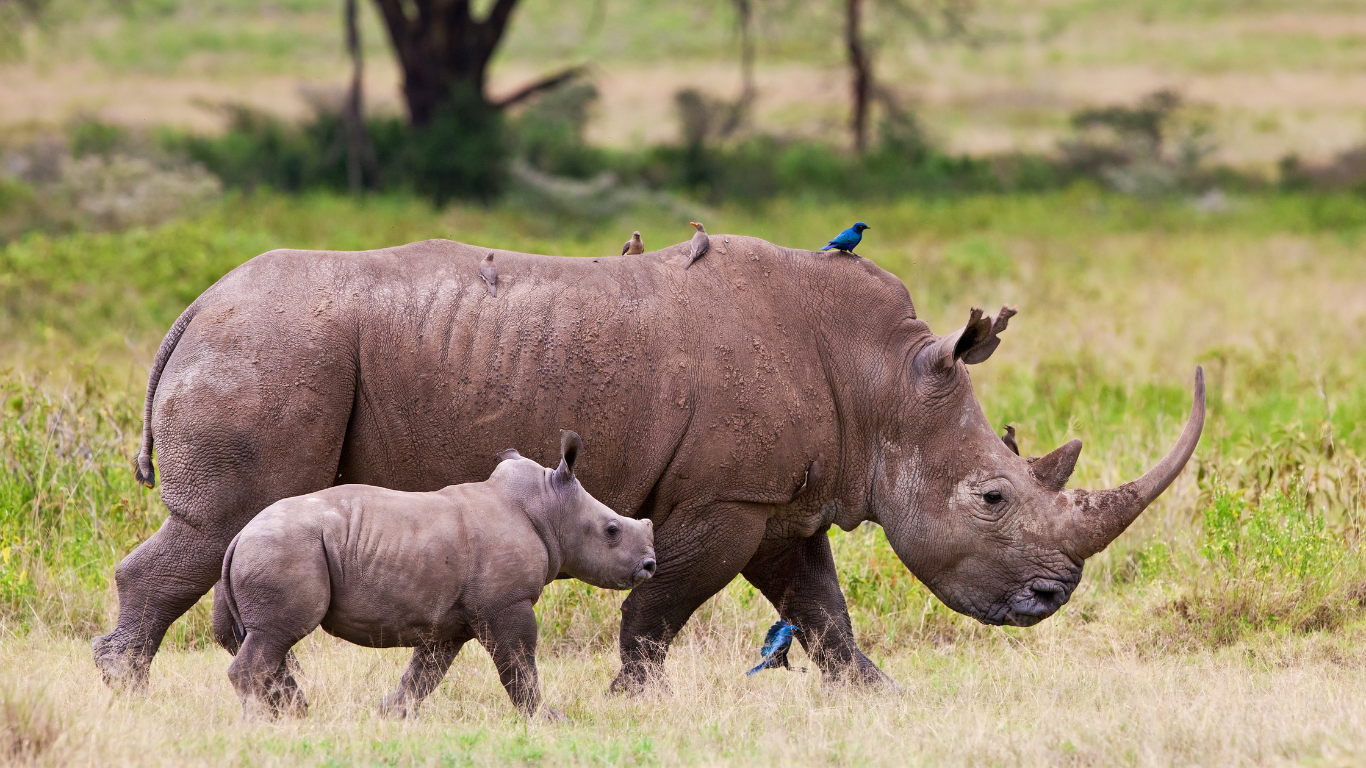
Quick facts
“Rhinoceros” means “nose horn,” taken from the Ancient Greek ῥινόκερως (rhinókerōs): rhino = nose, ceros = horn.
A group of rhinos is referred to as a “crash.”
White rhinos are the second largest land mammal in the world, after the African elephant – which is also facing extreme threats to its survival.
Rhinos vary greatly in size across their five species. The largest is the white rhino at around 4,000 pounds (1.8 tons) and standing as tall as six feet (1.8 meters). The smallest, the Sumatran rhino, is about a third of the size, weighing in at around 1,300 pounds (600 kilograms).
White rhinos and black rhinos are actually the same colour but can be differentiated by the shape of their jaw. The name “white rhino” is actually a mistranslation of the Afrikaans/Dutch word “wid” or “wyd,” meaning wide, which referred to their wider jaw. “Black” was chosen as the name for the other African rhino species.
African rhinos do not have teeth in the front of their mouths and instead rely on their lips to pick at food.
Rhinos can live up to 50 years in the wild.
Despite their large size, rhinos can move! At its fastest, a rhino can reach speeds of up to 40 miles per hour (64 kilometers per hour).
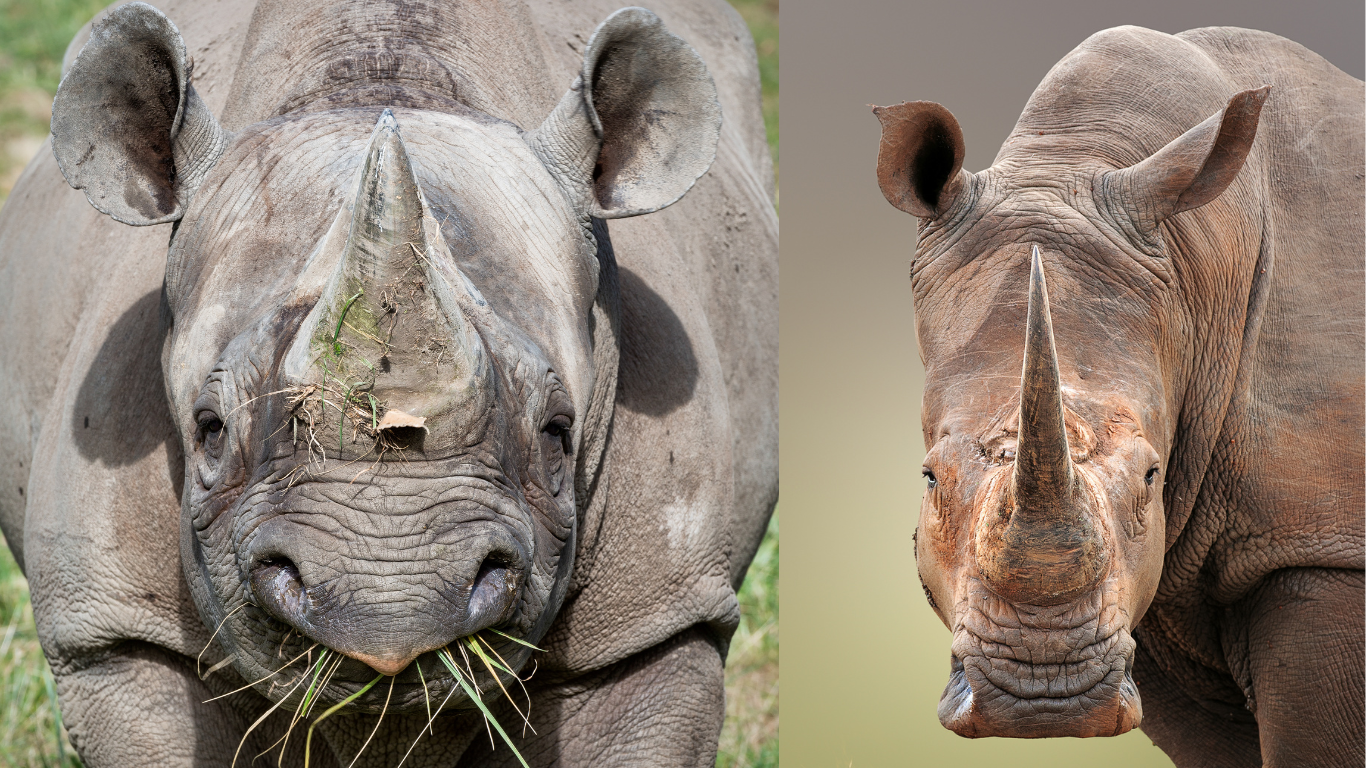
Why rhinos matter
Rhinos are more than just icons of the bush – they play an essential function in their ecosystems. As large grazers and browsers, they are a keystone species that shape the structure of plants, maintain open grasslands, and create opportunities for other creatures to thrive. Their dung spreads seeds and fertilizes soil, helping to boost biodiversity.
By conserving rhinos, we are also protecting a multitude of other species that share their habitats, including elephants, buffalo, big cats and countless bird, insect, and plant species.
Myth busting: Horns are not medicine
The greatest threat to rhinos is the illegal trade in their horns, based on a harmful and widespread myth that their horns hold medicinal value. The insatiable traditional ‘medicine’ trade overwhelmingly drives the poaching industry.
Rhino horn is made entirely of keratin – the same key structural component found in human fingernails and hair. Despite having no scientifically proven medical benefit, rhino horn is still in demand in parts of Asia for use in ‘traditional Chinese medicine’ (TCM). It is also brandished as a status symbol, or indication of wealth. There is absolutely no medicinal value in keratin, whether from a rhino’s horn or your own fingernail.
Disproving and dismantling these myths through education, policy change and public awareness is critical to ending the demand that fuels poaching.
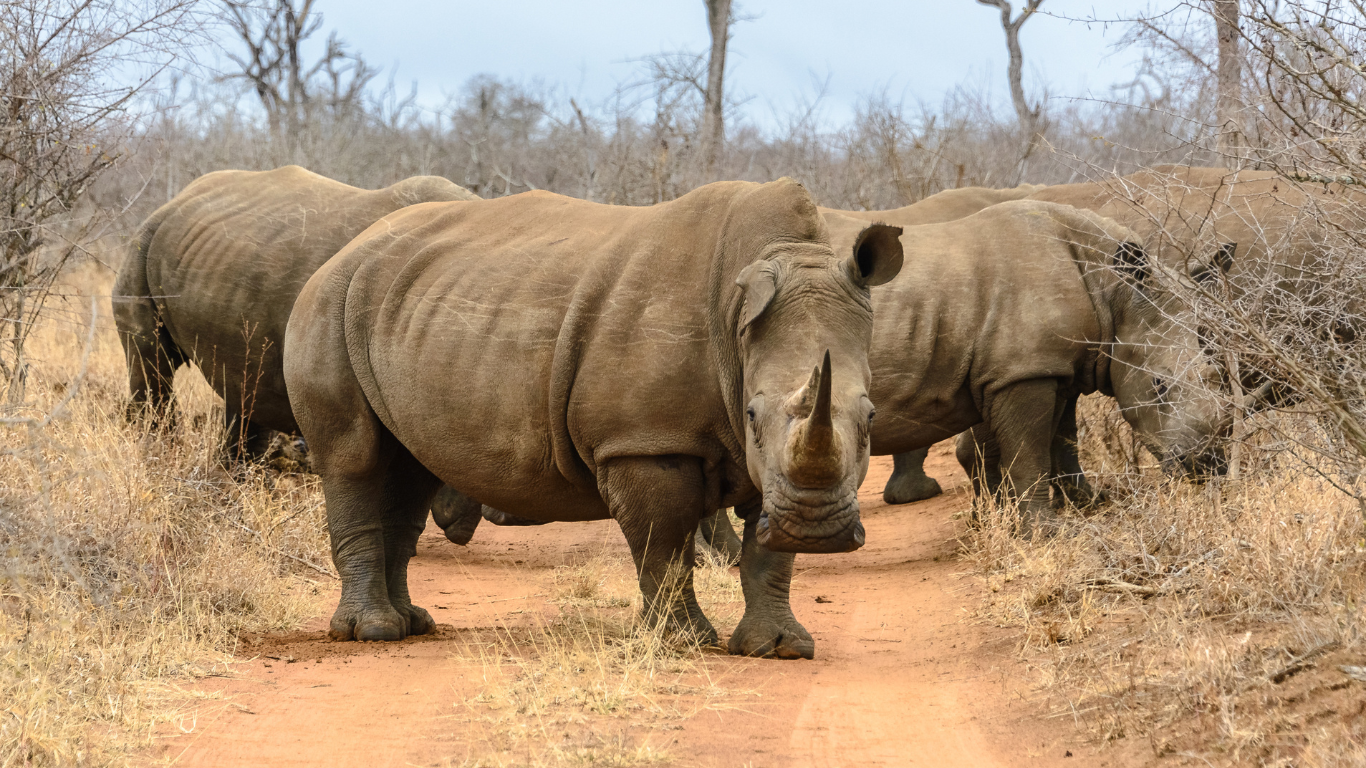
Rhinos need your help
Despite their size and strength, rhinos are extremely vulnerable to one major predator: humans.
Although young calves sometimes fall prey to crocodiles or other large carnivores, adult rhinos face their greatest threat from poachers. Poachers often strike at waterholes – locations that rhinos must visit to drink, making them easy targets.
In most cases, rhinos are shot and/or tranquilized, and their horns brutally hacked off, sometimes while the animal is still alive. If they survive this ordeal, they are left to die from shock, infection or blood loss. Mother rhinos are particularly vulnerable as they will not leave their helpless calves alone, making them easy, slow-moving targets for poachers. Since 2008, more than 8,000 African rhinos have been killed for their horns – an average of 470 slaughtered per year, or 1.25 every day.
Rhino poaching is not the work of isolated individuals. It is part of highly organized, international wildlife crime syndicates.
These sophisticated criminal syndicates operate across borders and include an intricate network of trackers, corrupt officials, traffickers and global buyers. Tackling this crisis requires strong international cooperation, intelligence-sharing and law enforcement.
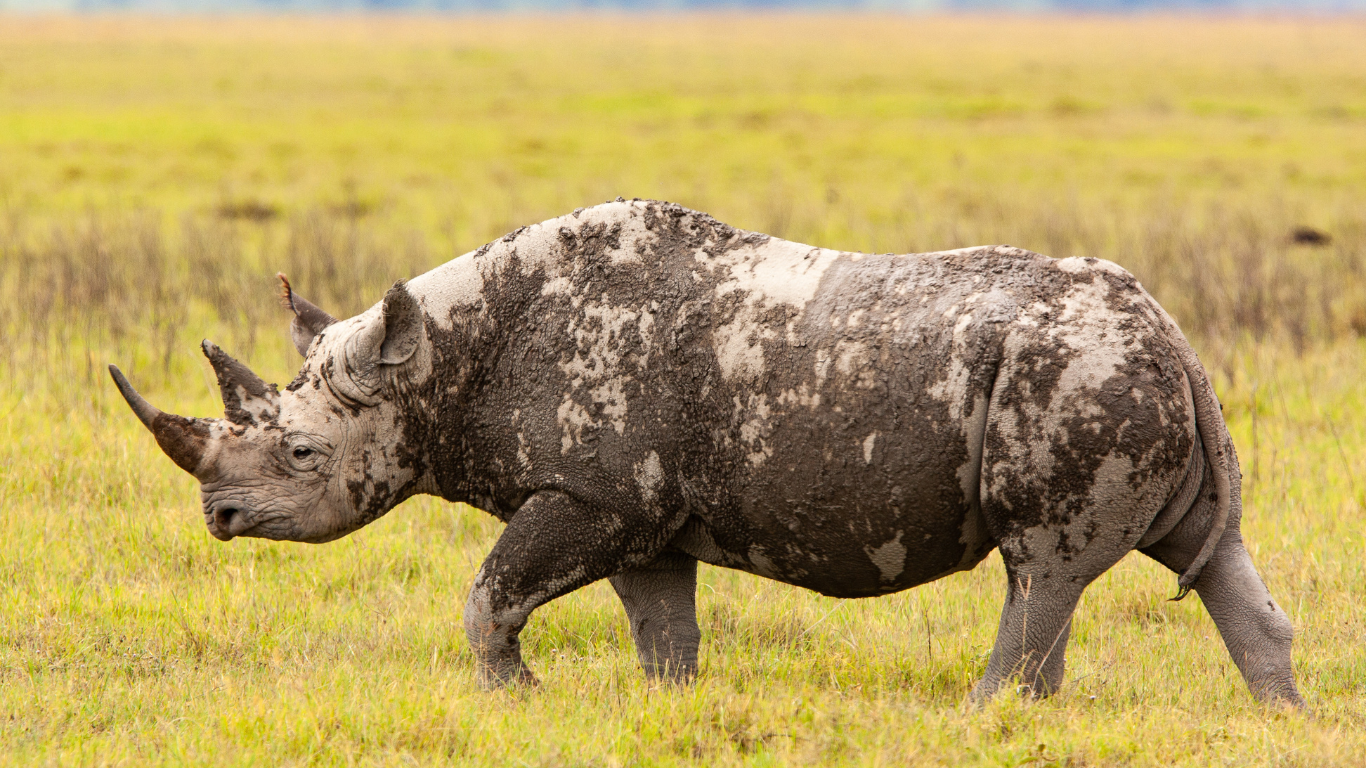
How can you help rhinos?
Saving rhinos is a massive task, and one that ASI has been working towards since our organization was first established. You can help us fight the battle against poachers by:
- Supporting our projects to protect, rescue, rehabilitate and care for rhinos affected by the poaching crisis. We work with anti-poaching teams and sanctuaries across Southern Africa to protect rhinos and save poaching victims. Supporting sustainable tourism initiatives that prioritize conservation efforts and responsible tourism.
- Reporting illegal wildlife trade: If you see wildlife products being sold, report them to authorities.
- Say no to rhino horn – and help spread the word that rhino horn has no medicinal value.
With your support, we can help secure a future where rhinos once again roam wild and free across their native ranges.
Here are other critical species at risk of extinction.
